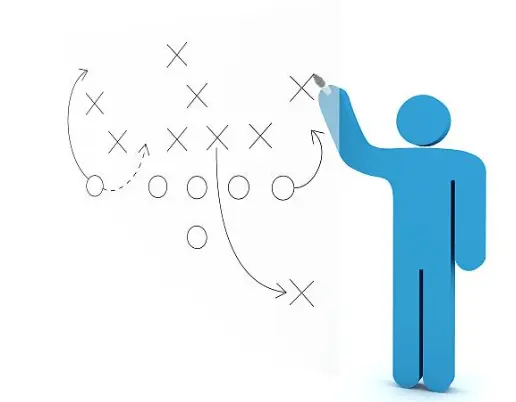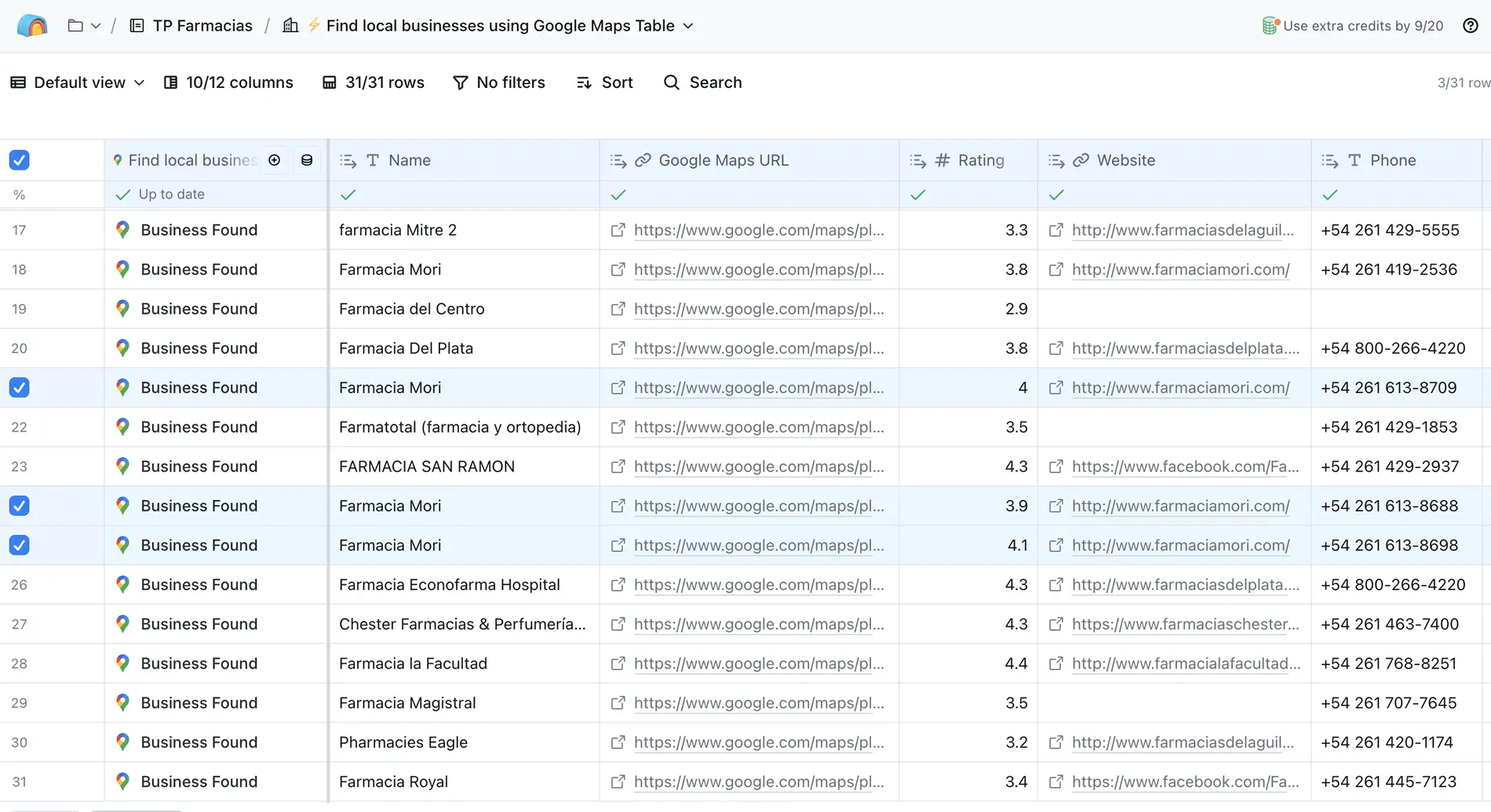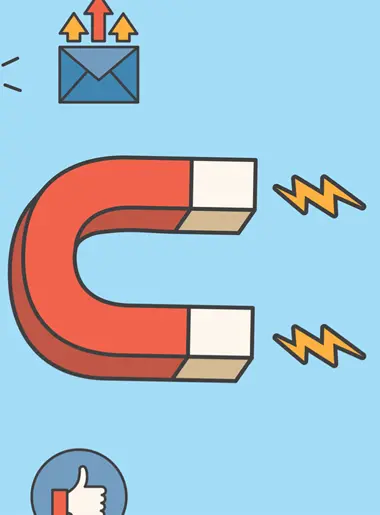
In recent years, RevOps (short for Revenue Operations) has been getting a lot of hype. It may sound like consulting jargon, but the idea is simple: organizing the data and processes used by Marketing, Sales, and Customer Success teams to generate revenue.
According to Gartner by 2026, 75% of the world’s fastest-growing companies will adopt a RevOps model. That’s no coincidence: companies already implementing it show 71% stronger stock performance compared to those without it.
A 2025 study by Salesloft y Wakefield de 2025 reinforces this trend: 73% of organizations now have a C-suite role dedicated to RevOps, and 98% say its influence grew in the past year. On top of that, AI investments in RevOps deliver near-universal ROI (97%), particularly in forecasting, pipeline visibility, and operational efficiency. Meanwhile, the global RevOps market grew from USD 4.4B in 2024 to USD 5.1B in 2025, with steady growth projected through 2030.
In plain terms: what does this mean?
Think of your company as a soccer team:
- Marketing is defense: sets up the game and builds the play.
- Sales is midfield: receives the ball and makes the decisive pass.
- Customer Success is the forward line: scores the goals and keeps fans cheering.

The problem? Too often, each line plays its own game without talking to the others. RevOps is the coach: designing the strategy, training with data, and making sure everyone runs toward the same goal.
Tangible Benefits
When Marketing, Sales, and Customer Success work in sync with clean data:
- Less time wasted on repetitive tasks
- More accurate revenue forecasting
- Clearer priorities and higher team motivation
- Decisions driven by data, not guesswork
- Better results with fewer resources
The Role of Data and Content
At Qm, we see it every day: data is the raw material, but content is the tool that converts.
- If your CRM is full of duplicate or incomplete records, your campaigns lose power.
- If your messaging is generic or fails to connect with the right person, your leads won’t convert.
- Reducing friction in the consideration stage of the funnel is critical—because that’s where leads decide to move forward and become customers.

That’s why we work with tools like Clay, one of the world’s most powerful B2B prospecting and sales platforms, to enrich CRMs with real, up-to-date prospect information. We then combine this with relevant content strategies that speak your customer’s language.
Why Does This Matter for Your Business?
Because at the end of the day, RevOps isn’t theory—it’s money on the table.
- More efficiency = lower acquisition costs
- Better data = more meetings that close
- Smarter content = more returning customers
How to Implement RevOps in Your Company
Talking about RevOps is easy. The real question is: what does it look like in practice?
Let’s imagine a bank wants to sell more checking accounts, credit cards, and personal loans. Here’s how RevOps would connect Marketing, Sales, and Customer Service:
1. Centralize your data
- Marketing holds digital campaign leads.
- Sales manages lists and CRM records.
- Customer Service tracks client inquiries. → RevOps centralizes everything, cleans duplicates, and enriches records with tools like Clay
2. Define a shared funnel
- Marketing tags leads by interest and engagement.
- Sales knows exactly which stage each lead is in.
- Customer Service has visibility into the full customer journey. → Everyone shares the same definition of “opportunity” avoiding misalignment.
3. Align metrics and goals
- Marketing measures not just clicks but scheduled meetings
- Sales tracks closures and lead response time.
- Customer Service measures retention and satisfaction. → RevOps establishes shared KPIs focused on sustainable revenue.
4. Optimize the experience with content
- Marketing builds educational content (e.g., how to choose a credit card).
- Sales uses clear comparisons in pitches and calls.
- Customer Service shares post-sale guides and tutorials. → All content is centralized and accessible to every team.
5. Automate and simplify technology
- Email, CRM, and support platforms integrate seamlessly.
- Redundant tools are removed.
- Real-time dashboards provide full pipeline visibility.
In Summary
Implementing RevOps isn’t just about software. It’s about clean data, aligned processes, and a shared language across teams. When Marketing, Sales, and Customer Success work together with technology and relevant content, the outcome is clear: more customers, higher retention, and predictable revenue.
RevOps is simply about using the right information so your teams can sell smarter and faster.
The real question isn’t whether your company needs RevOps—it’s how fast you can implement it before your competitors do.
Want to learn how RevOps can improve your pipeline with clean data and smart content? At Qm, we can help you take that step.
BOOK A CALLFAQs
What does RevOps mean in marketing and sales?
RevOps integrates processes, data, and technology to align Marketing, Sales, and Customer Success around one goal: driving revenue.
What are the benefits of RevOps for B2B companies?
B2B companies with RevOps achieve higher efficiency, more accurate revenue forecasts, and stronger lead-to-customer conversion.
How does RevOps improve CRM management?
RevOps cleans, enriches, and updates CRM data—powering more effective and personalized campaigns.
What’s the link between RevOps and a Go-To-Market (GTM) strategy?
RevOps ensures GTM strategies run seamlessly, with reliable data and quality content supporting every stage of the pipeline.
